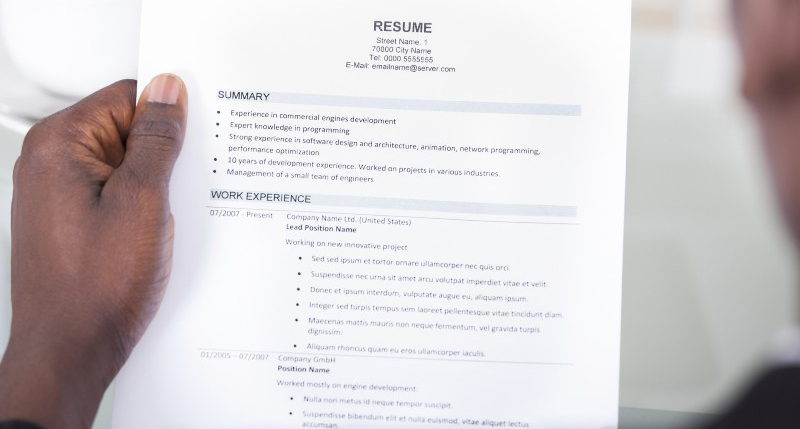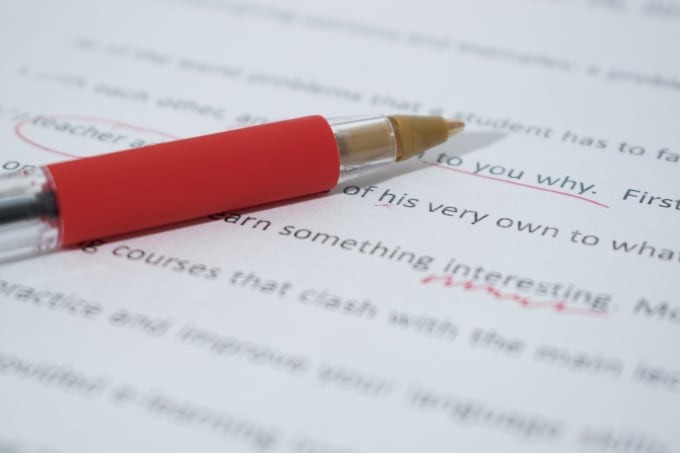
Tips on structuring and writing a resume.
A strong resume is one of the most valuable tools in developing your career, however, creating a stand out resume can be intimidating for many people. The main purpose of a resume is to promote you, your skills, experience and achievements. It should be positive, and should only information that adds value to you as a candidate.
How to format your resume, what to include and what to leave out are all important considerations. This guide will offer some essential steps in crafting this important career document.
What Is a Resume
A resume is a summary of work history, skills, and education and should be just one or two pages in length.
The resume should be adapted and edited for each specific job application.
A resume is the most requested document in any job search. Recruiters scrutinize candidates resumes and its important to get the structure right.
What Are Employers Looking for in a Resume
Hiring managers look for three things on a resume:
- What did you do
- Why did you do it
- What was the result
The resume should answer all three of these questions in bullet points. The recruiter wants to see if a candidate matches their requirements and the resume should illustrate how you can bring value to their organization.

Types of Resumes
There are three main types of resumes, chronological, functional and combination:
Chronological Resume
A chronological resume focuses on recent work history, listing your positions in reverse chronological order, with the most recent positions at the top and the oldest ones at the bottom. The aim is to show how previous positions leading up to the current point have perfectly prepared you for the job position you are now applying to.
Functional Resume
A functional resume emphasizes the relevance of your experience. It features a professional summary, skills and work experience formatted to relate to the position being applied for.
Functional Resume
A functional resume emphasizes the relevance of your experience. It features a professional summary, skills and work experience formatted to relate to the position being applied for.
Combination Resume
A combination resume brings together both chronological and functional formats. It combines the professional summary and skills section of a functional resume with the work experience section of a chronological resume. This is a strong format which stands out to recruiters by emphasizing both experience and skills.
How to Format a Resume
Generally, resumes should have the following sections:
Header & Contact Information
The top of a resume should always include a header containing your name, followed by contact information including phone number, personal email address.
Professional Summary
The professional summary should be brief. A one to three sentence section that succinctly describes who you are, what you do and why you are ideal for the job being applied to.
It should focus on the value you could bring to a potential employer.
Skills
The skills section is important as recruiters and hiring managers increasingly look for candidates with specialized backgrounds.
Clearly list them to show that you have the ability to get the job done
Work Experience
This is a vital section of a resume where work history is detailed in a consistent and compelling format. It should include company names, locations, employment dates, roles and positions held as well as the relevant accomplishments of each position.
Education
It’s important to mention academic attainments. A brief listing where you went to school, when you attended and what academic level you attained is sufficient.
Additional Experience
This is a catch-all section at the end of a resume that enables you to highlight important additional experience, including volunteering roles, awards and hobbies.
Design & Formatting
The design and format of a resume is important. Here are some tips to ensure that your resume stands out.
- Use an easy-to-read font of no less than 11 point
- Add margins of at least 2 cms
- Have sufficient white space between sections
- Keep the design simple
- Use good paper and a high-quality printer if printing
It should be 1-2 pages maximum
Edit and Refine

Write a draft resume and then leave and come back to it later with fresh eyes to edit.
When editing, cover all the basics, including:
- Is the contact information correct and updated
- Check grammar and spelling
Then do some cutting if your resume is too long. Keep it Focused
